Nagwon Bindaetteok (낙원빈대떡)
2.3Km 2021-03-19
3, Supyo-ro 22-gil, Jongno-gu, Seoul
+82-2-763-9515
This is a Korean cuisine located in Jongno, Seoul. An old restaurant located near Nakwon Music Mall. The best menu at this restaurant is mung bean pancake.
Nuri (누리)
2.3Km 2019-11-26
23, Insadong 14-gil, Jongno-gu, Seoul
+82-2-736-7848
Located in the neighborhood of Insa-dong, traditional Korean lunch box and tea restaurant Nuri brings out the true beauty of hanok while implementing western dining culture with tables and chairs.
Nuri uses the finest grains directly from agricultural regions throughout the country, offering nutritious rice along with mildly seasoned side dish menus, taking advantage of the ingredients' natural flavors. Nuri uses its effective take-out and delivery system to cater to businesses and events.
Jalppajin Memil Seochon Main Store (잘빠진메밀 서촌)
2.3Km 2024-03-18
4 Jahamun-ro 11-gil, Jongno-gu, Seoul
+82-70-4142-1214
Jalppajin Memil is a traditional Korean restaurant in Seochon where you can enjoy buckwheat noodles, boiled pork slices, and unrefined rice wine. They use 100% buckwheat for their noodles, which are kneaded using a cold water machine and served either mixed with seasoning and sprouts or dipped in broth. Pairing "Jalppajin sulsang" with unrefined rice wine is recommended for a delightful dining experience.
Gyeongbokgung Palace (경복궁)
2.3Km 2025-06-19
161 Sajik-ro, Jongno-gu, Seoul
+82-2-3700-3900
Gyeongbokgung Palace was built in 1395 as the official palace of the Joseon dynasty by Yi Seong-gye, the future King Taejo and founder of the new regime. Gyeongbokgung Palace is commonly referred to as the Northern Palace because of its location to the north, comparied to Changdeokgung Palace in the east and Gyeonghuigung Palace in the west. Gyeongbokgung Palace is arguably the most beautiful and is the largest of all five palaces. Many Joseon kings were crowned here. The premises were once destroyed by fire during the Imjin War (1592-1598). However, all of the palace buildings were later restored under the leadership of Heungseondaewongun during the reign of King Gojong. The assassination of Empress Myeongseong, however, resulted in Gyeongbokgung Palace losing its function as a royal palace, eventually witnessing the downfall of the Joseon dynasty. Gyeongbokgung Palace retains the original Gyeonghoeru Pavilion, a prime example of Joseon architecture, and the Hyangwonjeong Pavilion and pond. The sculptures in the Geunjeongjeon Hall exemplify Joseon-era sculpture techniques. The west side of the area outside Heungnyemun Gate is occupied by the National Palace Museum of Korea, while the eastern side of Hyangwonjeong Pavilion within the Gyeongbokgung Palace is occupied by the National Folk Museum of Korea.
Royal Culture Festival (궁중문화축전)
2.3Km 2024-07-17
161 Sajik-ro, Jongno-gu, Seoul
+82-1522-2295
The Royal Culture festival is held at the five Royal Palaces and Jongmyo Shrine. The festival first began in 2014 and provides visitors with first-hand knowledge of these important cultural heritages through unique performances, exhibitions, experiences and programs. The festival expanded in 2021 to be hosted twice a year, in spring and in fall.
Korea House (한국의집)
2.3Km 2024-10-28
10, Toegye-ro 36-gil, Jung-gu, Seoul
The Korea House was opened in 1981. It is a traditional Korean building that introduces the culture and lifestyle of Koreans, where you can experience traditional architecture and a classical atmosphere. The building was built in the style of the Joseon Dynasty's Jagyeong-jeon building at the Gyeongbok Palace. It is the only building built in the traditional architectural style. You will feel its antiquity as you enter the building.
It is divided into the Haerin-gwan (a space for people to get acquainted with each other), the Traditional Theater, and three annex buildings (Munhyang-ru, Nokeum-jeong and Cheongwu-jeong). At Haerin-gwan, you can enjoy traditional music at Garak-dang and try traditional food at Sohwa-dang. In the square of Garak-dang you can view a traditional wedding (on the weekends) or people playing folk games. Also, at the Traditional Theater, about 156 seats are available, and in the afternoons Human Cultural Assets or members of the National Center for Korean Traditional Performing Arts and the National Corps members present traditional music and dances. Sinayui, Salpuri, Pansori, the Drum Dance and the Bongsan Mask Dance are the most popular programs for foreigners. The programs are all explained in English and Japanese.
In the Cultural Gift Shop you can view various crafts made by traditional craftsmen. It is always open and the crafts are for sale as well. There are pottery, ceramics, golden crafts, knots and embroidery etc; approximately 500 pieces of artwork made by craftsmen from 20 different fields. Next to the House of Korea is the Namsan-gol Hanok Village where visitors can explore traditional houses.
Korea House (한국의집)
2.3Km 2024-03-05
10 Toegye-ro 36-gil, Jung-gu, Seoul
+82-2-2266-9101
Located in the center of Seoul, Korea House is a must-visit tourism spot as a high-end cultural complex offering Hanjeongsik (Korean table d'hote), traditional refreshments, traditional performance arts, and traditional weddings, allowing visitors to feel the beauty of Korean culture and the taste of Korea. Guests can also enjoy the elegant beauty of hanok.
Yangmiok (양미옥)
2.3Km 2020-01-06
62, Chungmu-ro, Jung-gu, Seoul
+82-2-2275-8838
Yangmiok takes pride in serving customers dishes prepared with only the finest ingredients. A special sauce made with soy sauce, sugar, chili powder, sesame oil, garlic, and ginger is served with beef dishes upon request.
Korea House Café & Art Shop (한국의집 사랑 카페앤아트샵)
2.3Km 2021-06-30
10, Toegye-ro 36-gil, Jung-gu, Seoul
+82-2-2270-1190
Korea House Café & Art Shop strives to promote traditional crafts and culture through handmade traditional Korean products. They also play an important role in the production of traditional crafts globally.
The shopwares are created using traditional patterns, designs, and sculptural aesthetics in accordance with craftsmanship that has been passed down for generations. Visitors can also learn more about the culture of Korean crafts at the shop. They also offer counseling for traditional wedding ceremonies.
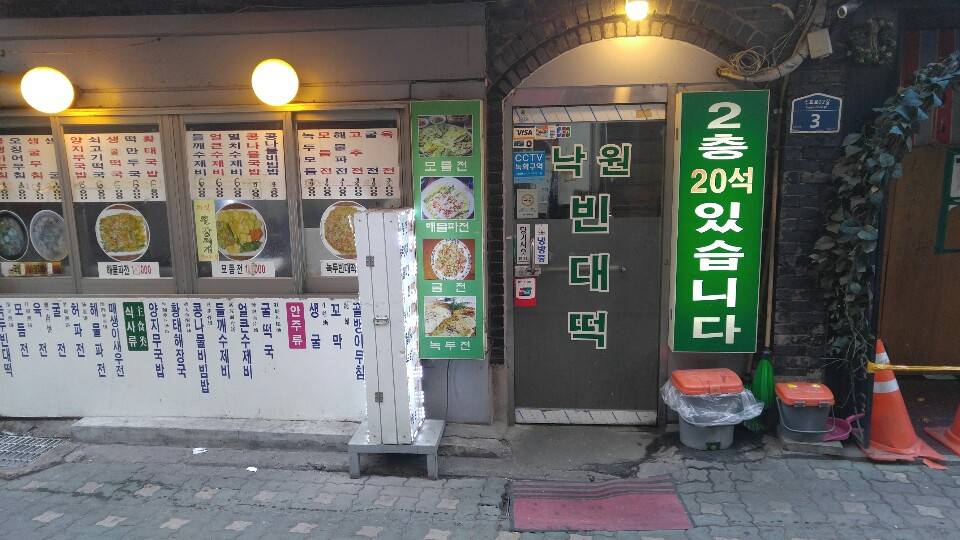
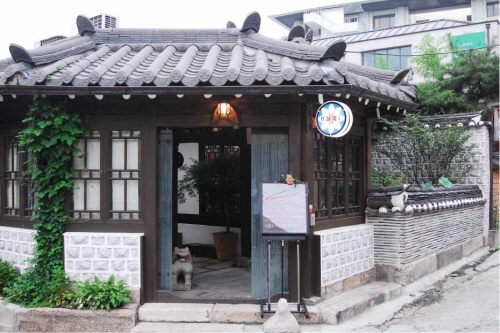



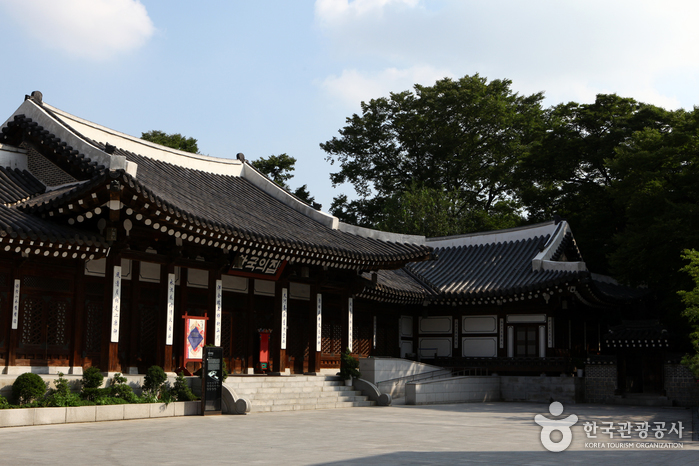
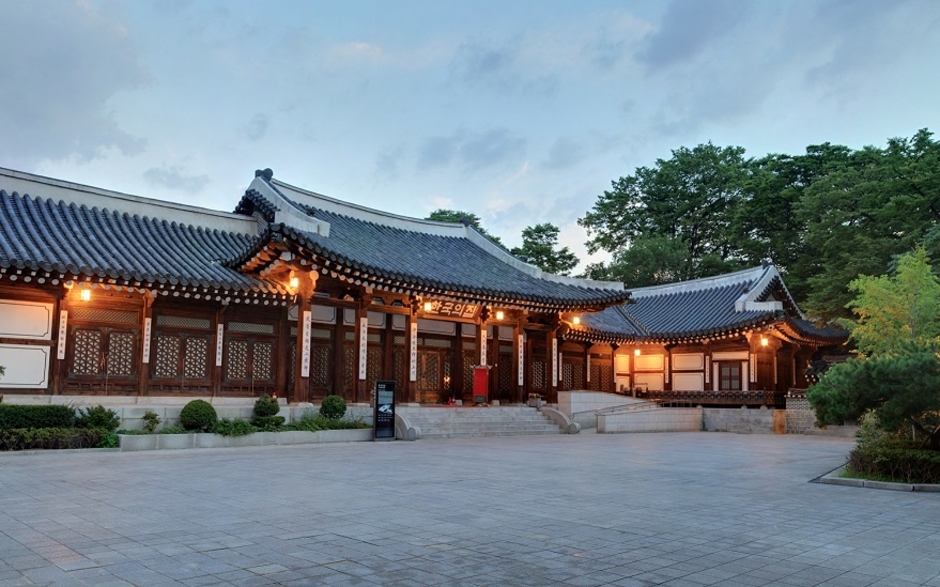
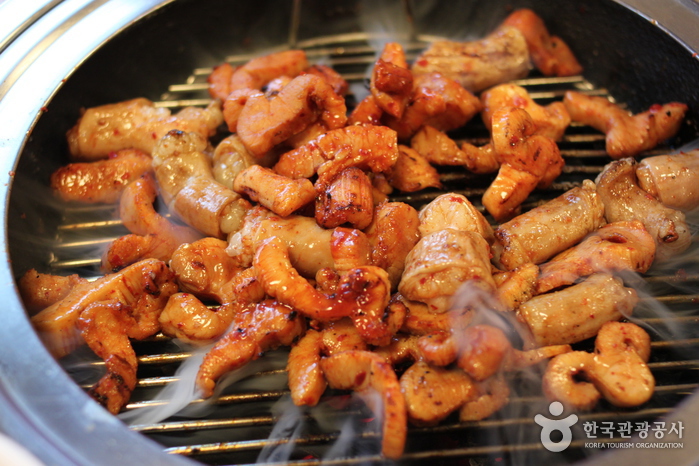
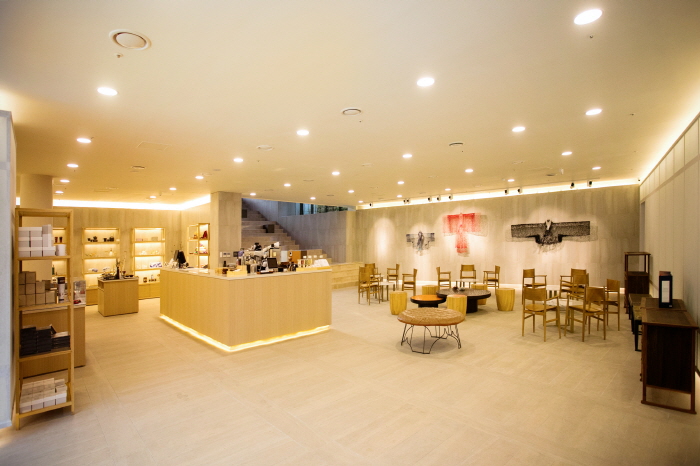
 English
English
 한국어
한국어 日本語
日本語 中文(简体)
中文(简体) Deutsch
Deutsch Français
Français Español
Español Русский
Русский